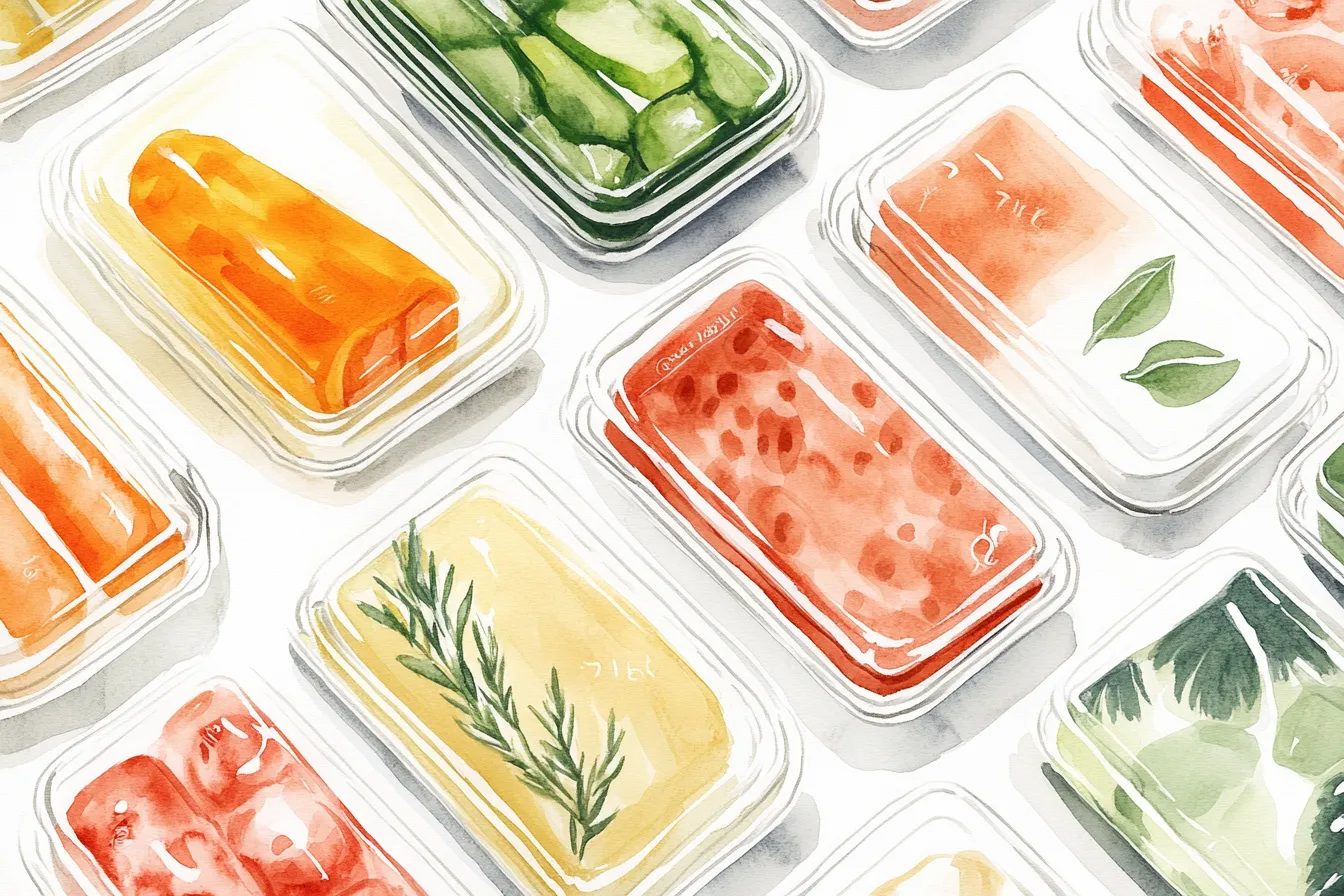When it comes to the area of retail and consumer products, a major function of packaging is both the preservation of the product as well as the appeal to customers. The clamshell is among the most used packaging methods, a two piece clear plastic shell that resembles the clam’s shell. Such kind of packaging is most common with industries that deal in electronics, toys, cosmetics, processed foods among others. However, clamshell packaging has now become prevalent, and it is well known that disqualified plastics end up on landfills or inhabit oceans and streets, foraging damage to the root of ecosystems and animal life.
1. Plastic Waste and Pollution
Another aspect that can be attributed to clamshell packaging is the inability of the packaging to biodegrade hence posing a harm to the environment. Clamshell containers are disposable and solely produced from polypropylene or polystyrene, which are non-biodegradable, and may take hundreds of years to degrade in that environment. The problem with the increased disposal of clamshell packages into the environment is that most of them find their way into the landfills, rivers, oceans, and other ecosystems where they hurt wildlife and the ecology.
also show a low recycling level of clamshell packaging owing to the challenge of employing a different material to separate the plastic from the rest of the material during recycling. That is why the major part of clamshells becomes a waste in the form of landfill or dispersion throughout the environment.
2. Greenhouse Gas Emissions
Clamshell packing results to green house gas emission, which is an acknowledged factor in climate change through production, transport, and disposal. Polypropylene and Polystyrene manufacturing involves energy, majorly derived from the nonrenewable energy sources viz fossil energy. Moreover, accidents during the transportation of raw materials and the produced and finished goods release emissions since they are vehicles of both raw materials and products in the line of production.
3. Resource Depletion
Traditional manufacturing of clamshell packaging consumes raw materials that are finite in supply such as oil and gas to produce the packaging. Also, upgrading of these raw materials has social costs such as environmental pollution through the emission of air and water pollutants, deforestation, and emission of greenhouse gases.
1. New packaging materials that include biodegradable and compostable packaging
The lower environmental consequences can however be offset by the use of biodegradable and compostable materials for clamshell packaging. The good thing is those materials decompose faster than the usual plastics so they add less to the overall waste and pollution. Today, there are clamshell packaging consisting of cornstarch materials or sugarcane or probably mushroom mycelium.
2. Recyclable Materials
A second economical and more environmentally friendly choice is to use recycled paper or cardboard for clamshell containers. These materials stand a higher chance of being recycled since they can be separated from other waste during recycling most easily. Nevertheless, suppliers have the responsibility of ensuring that the paper or cardboard used was tough enough to protect the products, besides being able to meet consumer’s expectation of quality and durability of a packaging material.
3. Light weight design and different material options
The suppliers are also working on light weight designs and weight conscious material for clamshell packaging for its reduced effect on the environment. For instance, clamshells manufactured from post industrial recycled plastic or biodegradable plastics like PLA are possible. They are made with less energy and emit lower CO2 emissions than the standard plastics on the market.
4. New uses and less usage and new designs Recall and recognition and new designs
Cooper in his article observes that there are two approaches possible to substantially reduce the effects on environment of clamshell packaging: either not to use clamshells at all or, if clamshells must be employed, they should be redesigned. For example, suppliers can provide packaging that is made from a material that contains less plastic or incorporates recycled materials or packaging that can be recycled. It can also leave possibilities of.Other packing options that may be considered include using containers that are refillable, or packing products that can be recycled to serve other functions.
5. Extended Producer Responsibility
Last but not least, suppliers may adopt the EPR strategy to assume the environmental cost of clamshell packaging. This implies that companies are endowed with all participatory liability for a product right from when it is planned, developed, assembled, used to when it is recycled or disposed. This way, when using EPR, suppliers can engage service providers in handling waste management for clamshell packaging to achieve a diminished value on the shells’ detrimental effects on the environment.
Conclusion
Clamshell packaging has often been associated with environmental concerns due to its reliance on plastics, energy consumption, greenhouse gas emissions, and resource depletion. However, suppliers can significantly reduce these impacts by adopting sustainable practices and eco-friendly solutions. Key measures include utilizing biodegradable and compostable materials, incorporating recyclable components, designing lightweight packaging, and exploring innovative materials. Additionally, taking full control of clamshell packaging throughout its lifecycle and collaborating with waste management firms can help protect our planet’s resources for future generations. Learn more about sustainable clamshell packaging solutions at dgblisterpack.com
